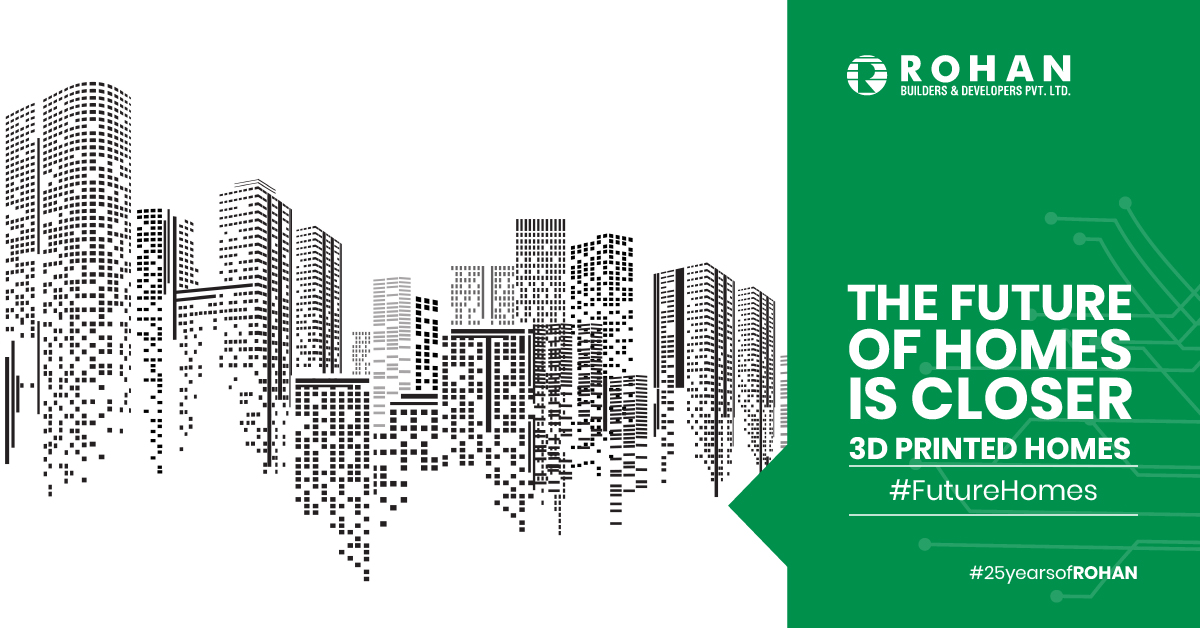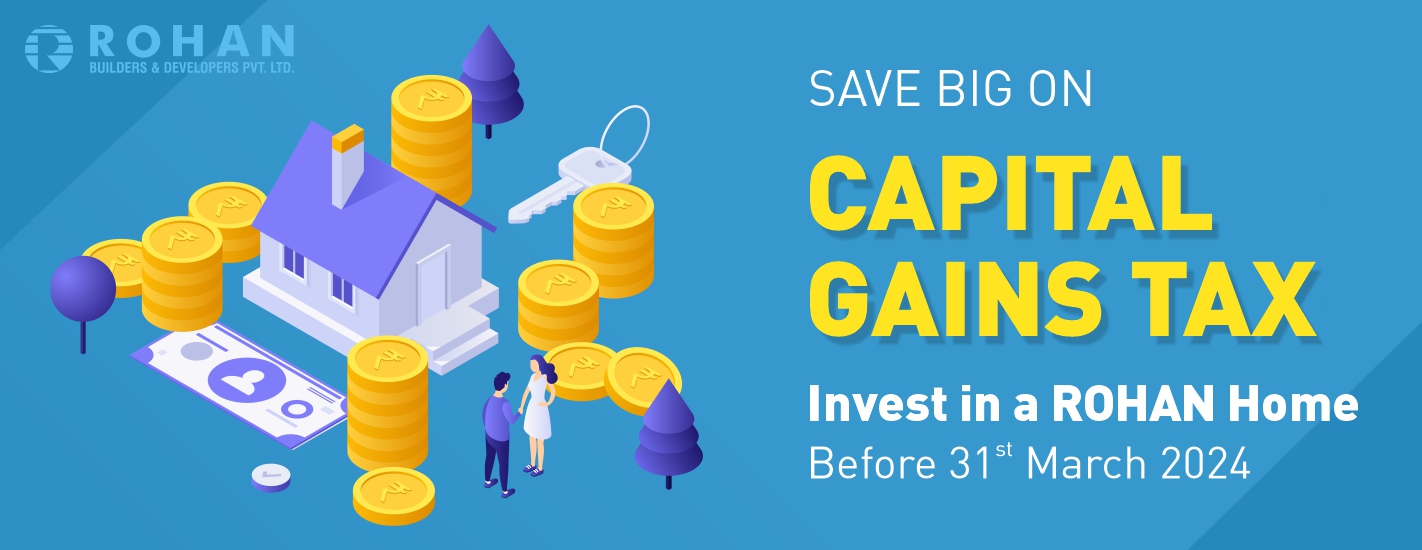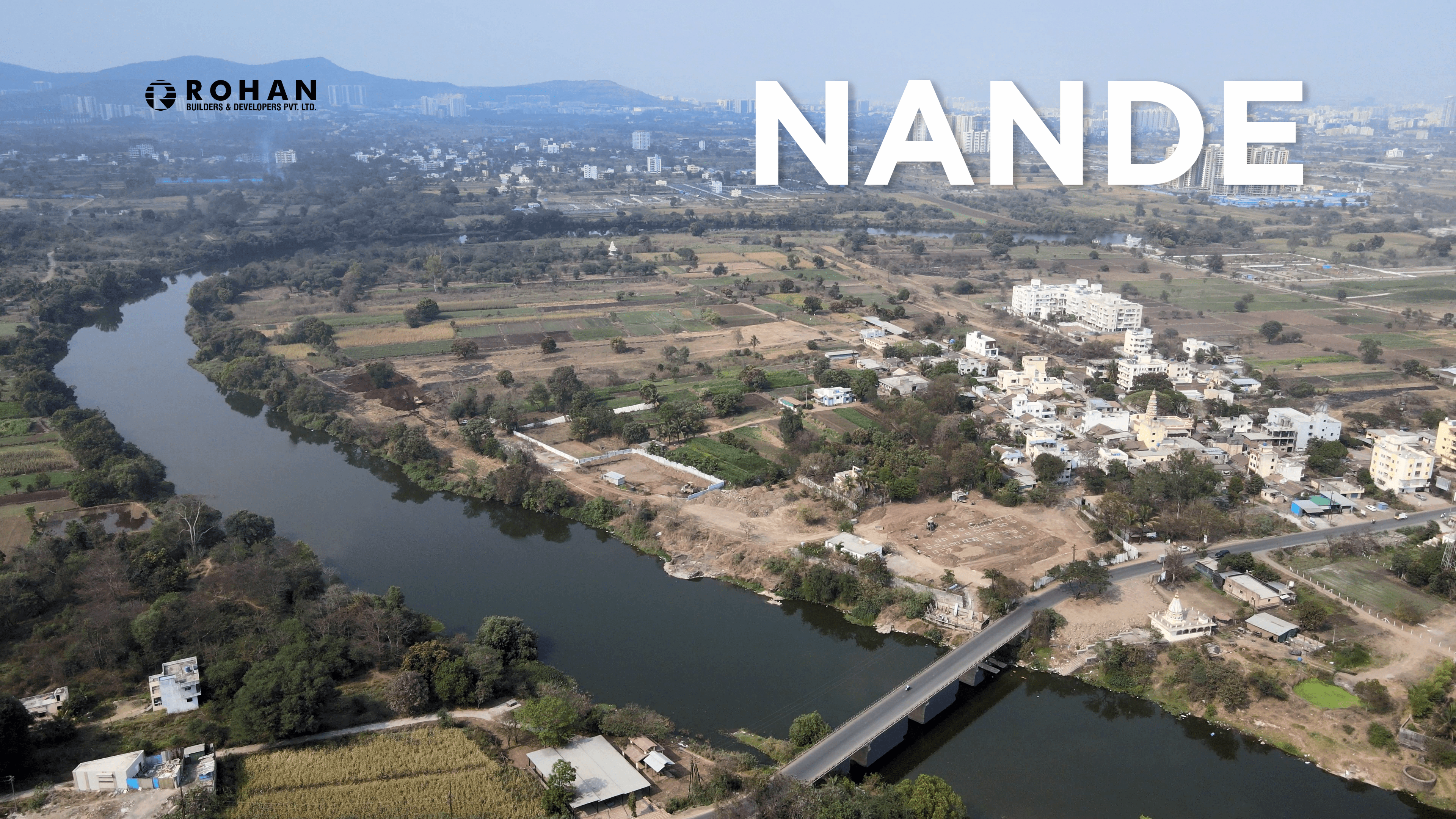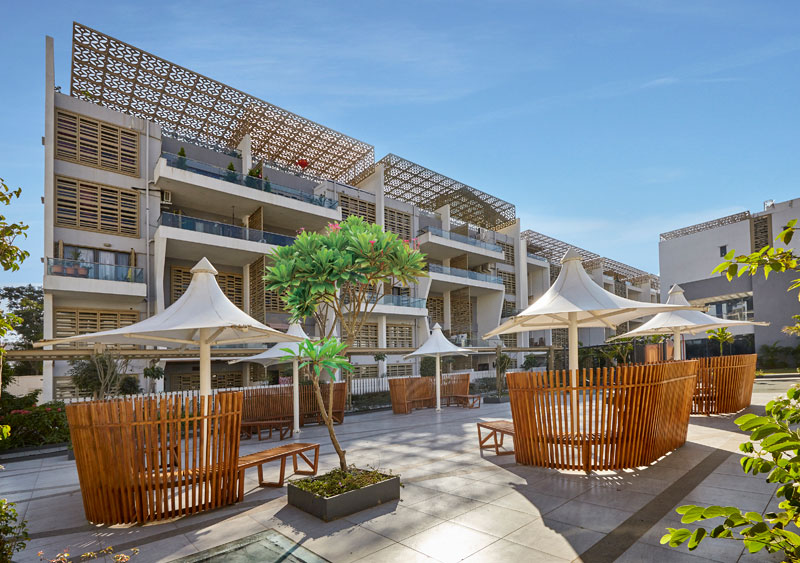Blog
Future homes – 3D printing in Construction & Real estate industry.

20 February 2019
Two events, small in bearing yet big on viable impact have occurred very recently in the construction industry Even though these events occurred outside India, the ripple waves have a probability of reaching us sooner than later. Both events are rooted in realism, qualifying them for our attention and awe.
First, a 3D Concrete Printing Facility Opened in Eindhoven, the Netherlands with 4 orders to 3D print bridges and to 3D print five homes already in place. While Eindhoven itself occupies an area of roughly 88.87 km², it is known for certain prowess and active hustle and bustle of 3D printing technology. And some of its bustles seem to now have given the proverbial knock on doors of the construction industry by securing commercial orders to 3D print homes and bridges.
Second, a bridge of 26.3-meter length opened up in Shanghai China to pedestrians. A small, but significant step towards grabbing the attention of infrastructure fraternity across the world. The scales seem to have tipped in favor of on-site, low cost, rapid and durable construction with the balance skewed towards 3D printed construction.
If one factor in variables in play such as weather, temperature, humidity, and available raw material’s technical specifications, the on-site 3D printing of concrete products has not been stimulating enough in a commercial sense until now. This has also been a source of restraint by realists when it comes to accepting small steps of progress as indicative of real impact on consumers.
Furthermore, the ability to secure commercial projects and to deliver has not been proven on the scale.
Recent days seem to have changed this perception. These are indicative of the advent of an incremental change in construction technology.
The future of homes is close.
Real estate undergoes changes in long cycles of time – typically years, never in months or weeks. Changes which relate to certain tangible attributes which revolve around land, machinery, manpower, raw material, state policy, capability improvements, and time duration.
Time and again the construction industry has seen wide-ranging shifts associated with certain tangible attributes.
Each shift at a macro level has often led to a change in execution strategies carefully designed to either survive or flourish with varying degrees of success or failure. Which brings us to a question, what are the tangible attributes associated with the term ‘Future Homes’?
From a long string of adjectives and acronyms, four simplistic ones are –
- a. Economical
- b. Rapid
- c. Durable and
- d. Manufactured with advanced technology.
Of these, one particular attribute is expected to lead others in our search of, selection choices and the physical spaces we live in – technology. Until now, construction of homes has been done using fairly known engineering processes and machinery.
This know-how is not expected to become irrelevant. But the machinery and processes themselves are evolving, unfolding a future course in front of us. Perhaps the time is not here when one would simply walk in with a design of a house in a USB stick, and walk out with a printed house. We are not there yet, but we are close.
TOP Blog
SAVE BIG on Capital Gain Taxes, INVEST TODAY in a ROHAN Home!

18 March 2024
Planning to sell your house or something else valuable and make a profit? Heads up!
Western Pune includes the suburbs of Baner, Aundh, Balewadi and Hinjawadi among others. Baner and Aund...
Read More
Baner: Pune’s Lifestyle Hotspot

17 February 2024
What comes to mind when you think of entertainment, cosmopolitan lifestyle and exceptional living in P...
Read More
Nande – The Address for Nature-Inspired Living

05 February 2024
The pandemic significantly impacted our mental, physical, and social health. Staying locked-up in the ...
Read More
A Note On West Pune’s Infrastructure Developments

12 December 2022
Western Pune includes the suburbs of Baner, Aundh, Balewadi and Hinjawadi among others. Baner and Aund...
Read More
Clean Bengaluru Message by Rohan Builders Plogging Party

20 February 2019
A "Clean Bengaluru" message was unequivocally reaffirmed by Rohan Builders, sixty enthusiastic student...
Read More
Future homes – 3D printing in Construction & Real estate industry.

20 February 2019
Two events, small in bearing yet big on viable impact have occurred very recently in the construction ...
Read More
Hennur Road – The housing location of pride in north Bangalore

27 October 2017
For someone tracking the growth of the city (or megacity) of Bangalore over the years, the last two de...
Read More

 +91
+91 +672
+672 +82
+82